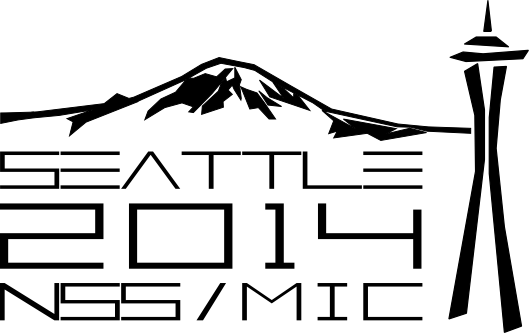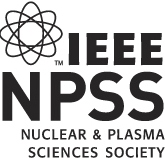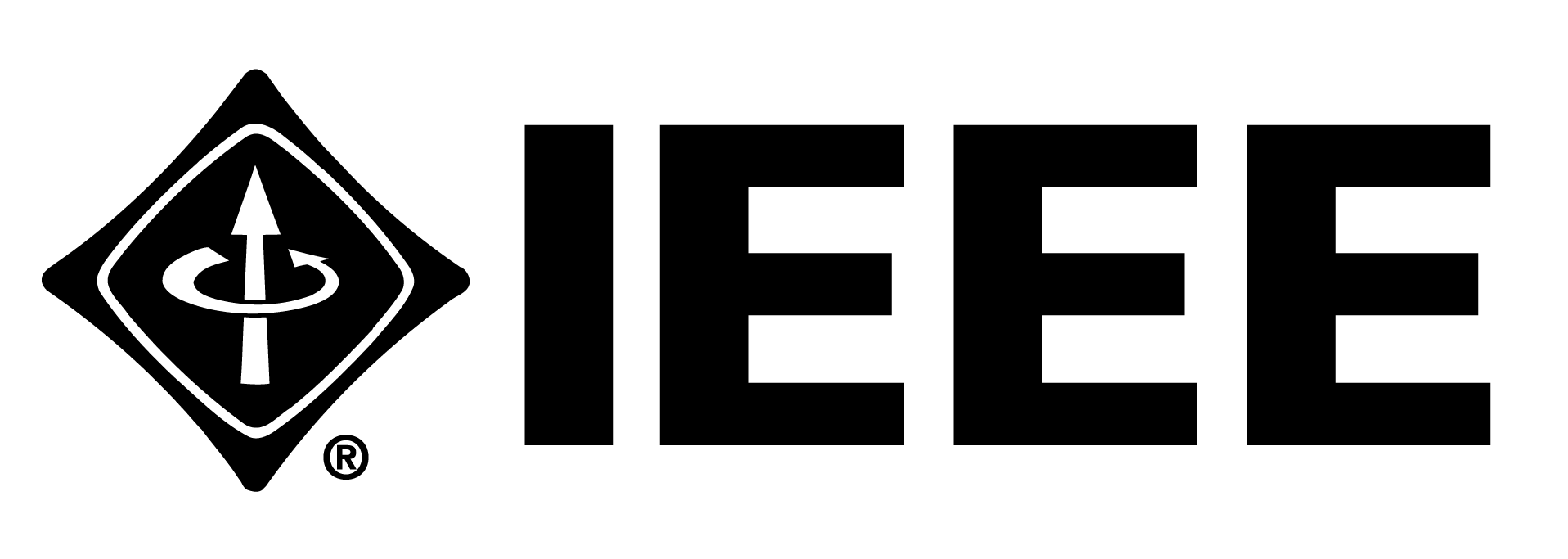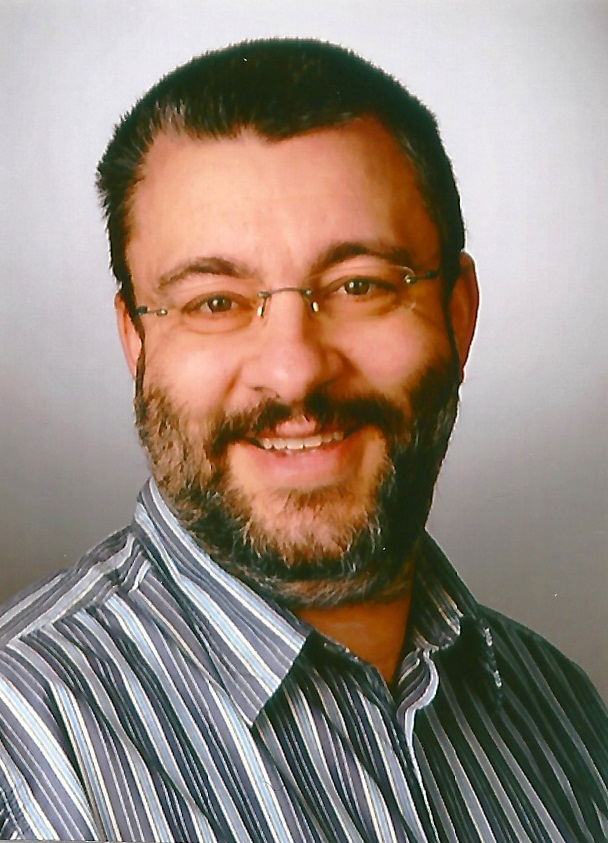Refresher Course Program
In many fields of interest, there are numerous possibilities for enhanced creativity and conceptual idea development, as well as advancement through cross-fertilization of skills and knowledge. Furthermore, broadened knowledge of related technologies helps to open new avenues of consideration in the search for novel and unique solutions to difficult problems.
All of this idealistic reasoning and rationalization aside, curiosity compels most of us to learn new things from an almost an endless list of motivations. Being interested in satisfying this thirst for knowledge, we plan to hold a series of Refresher Courses to provide the fundamental information and background in fields and technologies of particular (personal or professional) interest. We anticipate that these courses will stimulate the curiosity and interest of attendees from all three programs.
The Refresher Courses will be free for all attendees, will be about one hour in length (topic-dependent), and will take place during the two-hour lunch break (12:00 – 14:00) such that you can attend these courses and also be able to get lunch.
Please check back often to see what offerings we have for you to experience.







